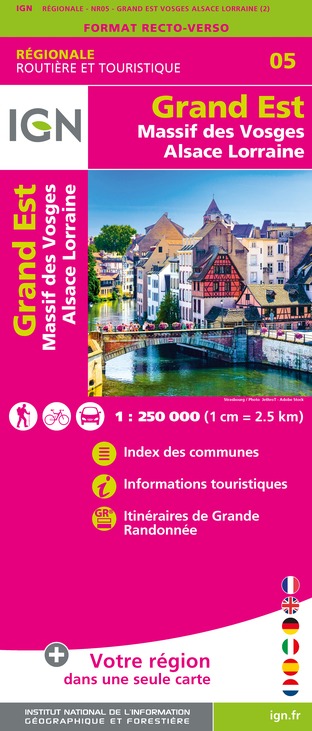Alert
Alerts
In the Footsteps of Napoleon
IGN cards








Description
Follow in the footsteps of the Emperor Napoleon’s route taken with his troops during the last days before the Battle of Waterloo in 1815.
The Route in Wallonia is 56 miles long, with its history, museums, heritage, folklore, UNESCO World Heritage sites, scenery, regional gastronomy and more.
Specific signposts will guide you along this historic route.
Visit this route at walloniabelgiumtourism.co.uk/waterloo1815
Technical Information
Altimetric profile
Starting point
Points of interest
Additional information
A Bit of background
The Emperor Napoleon abdicated in 1814 following his military defeats. He was exiled to the island of Elba, but on the 1st of March 1815, he reached the European continent and landed at Golfe-Juan in France. Napoleon Bonaparte gathered together his loyal troops again and marched towards Paris. He regained leadership of the country, which was frowned upon by the other European countries.
On 18 June 1815, 15 km from Brussels, the Allied troops commanded by the Duke of Wellington and Marshal Blücher, confronted Napoleon’s French Army. Nearly 200,000 men from seven nations fought, leaving almost 50,000 casualties in just one day. The world-famous Battle of Waterloo played a major role in European history.
Data author

The Cirkwi brief
Embark on a captivating journey along the Route Napoléon in Wallonia, charting Emperor Napoleon's historic march before the fateful Battle of Waterloo in 1815. Curated by VISITWallonia, this 94-kilometer voyage delves into a rich tapestry of history, museums, heritage sites, UNESCO landmarks, breathtaking landscapes, and delectable local gastronomy. Your travel through time is highlighted by informative panels guiding you through significant stops – such as Hestrud, where a bold young villager famously confronted Napoleon. Immerse yourself in an ambiance that echoes the grandeur and solemnity of a pivotal epoch in European history.
Technical Route Overview
The Route Napoléon in Wallonia stretches over 115.098 kilometers, with the highest elevation reaching 234 meters and the lowest at 99 meters. The route experiences a positive elevation change between 698 and 760 meters, posing a moderately challenging drive. Suitable for cars, this expansive journey not only promises historical enrichment but also an engaging driving experience across varying altitudes and scenic vistas. This technical diversity adds an element of adventure to uncovering the past.
Seasonal Travel Tips
Regardless of the season, the Route Napoléon offers distinct experiences. In spring and summer, the lush landscapes and warmer weather provide ideal conditions for leisurely explorations and picnics at historical sites. However, always carry water and wear sunscreen. Autumn transforms the route with stunning foliage, offering a picturesque drive; be cautious of slippery roads though. Winter demands careful preparation; ensure your vehicle is winter-ready and check weather forecasts for snow, which can add a serene beauty to the sites but could affect travel plans.
Historical Significance of Hestrud
Hestrud, the starting point of this journey, is more than just a quaint village in Wallonia. Its role as the gateway for Napoleon's entry into what is now Wallon territory is of monumental historical significance. The encounter between Napoleon and a daring young villager here adds a personal layer to the grand tapestry of European history, highlighting the village's crucial role in the days leading up to the Battle of Waterloo. This event is a testament to the rich historical heritage that Wallonia preserves, making it a treasure trove for history enthusiasts.
Climate Insights for Wallonia
The climate in Wallonia typically features mild to cool temperatures, with distinct seasons that offer varied experiences for travelers. Winters can be cold and sometimes snowy, making it a magical time for history aficionados who don't mind the chill. Spring sees the region bloom into vibrant colors, while Summers are generally mild and pleasant - perfect for outdoor activities. Autumn brings a crisp atmosphere and beautiful fall colors. For the optimum journey through Napoleon’s route, late spring through early autumn is recommended, balancing good weather with the historical ambiance of the region.



















